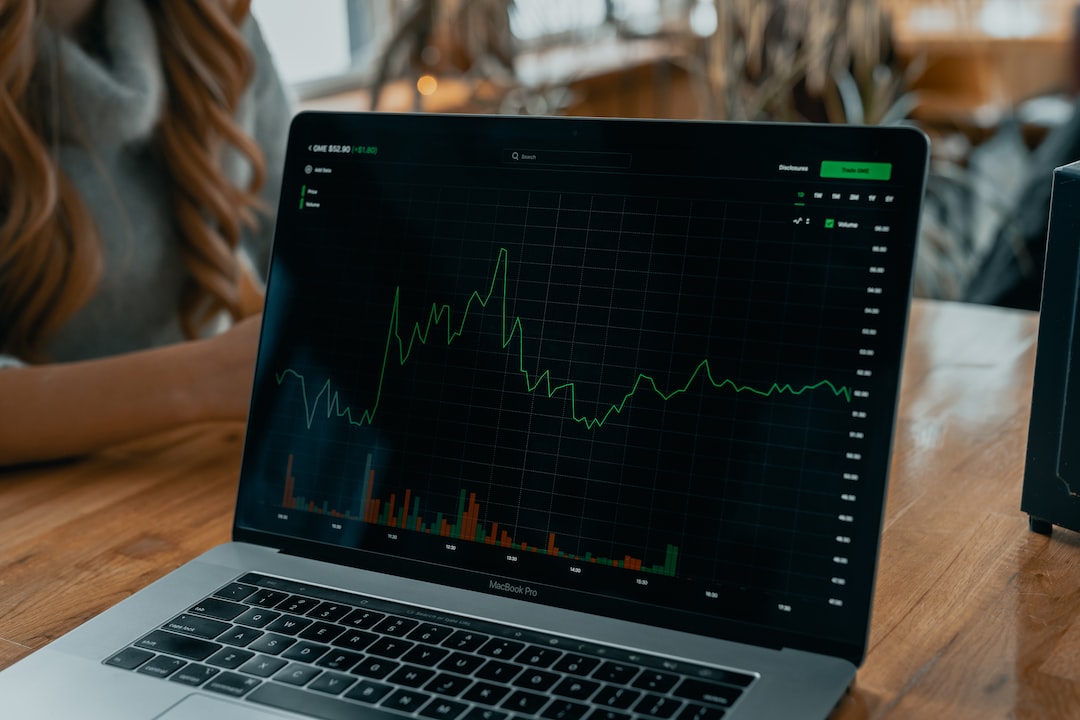In the world of forex trading, one of the most widely used technical indicators is the moving average (MA). The MA is a simple yet powerful tool that helps traders identify trends and potential entry and exit points. However, the MA is not foolproof, and traders often use other indicators, such as the exponential moving average (EMA), to confirm or refute their MA-based trading signals. One of the most critical aspects of using these indicators is understanding what it means when the MA and EMA cross.
Moving averages are calculated by averaging a set number of previous price points, while exponential moving averages give more weight to recent price action. The most common types of moving averages used in forex trading are the simple moving average (SMA) and the exponential moving average (EMA).
When a trader uses the MA and EMA as technical indicators, they are looking for the point at which these lines cross, as it could signal a potential trend reversal or a continuation of the current trend. If the MA and EMA cross in a bullish direction, it could indicate that the price is likely to continue to rise. Conversely, if the MA and EMA cross in a bearish direction, it could indicate that the price is likely to continue to fall.
The MA and EMA cross can occur in many different timeframes, such as daily, weekly, or monthly charts. However, the most commonly used timeframe is the daily chart, as this provides the most accurate and up-to-date information.
For example, if a trader is using a 50-day MA and a 20-day EMA, and the EMA crosses above the MA, it could indicate that the price is likely to continue to rise. This is because the EMA gives more weight to recent price action, and therefore reflects the current market sentiment more accurately than the MA. Conversely, if the EMA crosses below the MA, it could indicate that the price is likely to continue to fall.
The MA and EMA cross can also be used to identify potential entry and exit points. For example, if a trader is using a 50-day MA and a 20-day EMA, and the EMA crosses above the MA, it could be a signal to enter a long position. Conversely, if the EMA crosses below the MA, it could be a signal to exit a long position or enter a short position.
It is important to note that the MA and EMA cross should not be used in isolation. Traders should always use other indicators, such as volume, to confirm or refute their trading signals. Additionally, traders should always use stop-loss orders to limit their losses in case the market moves against them.
In conclusion, the MA and EMA cross is a critical technical indicator used by forex traders to identify potential trend reversals or continuations. When the EMA crosses above the MA, it could indicate that the price is likely to continue to rise, while a cross below the MA could indicate that the price is likely to continue to fall. However, traders should always use other indicators and risk management strategies to confirm or refute their trading signals and limit their losses.






